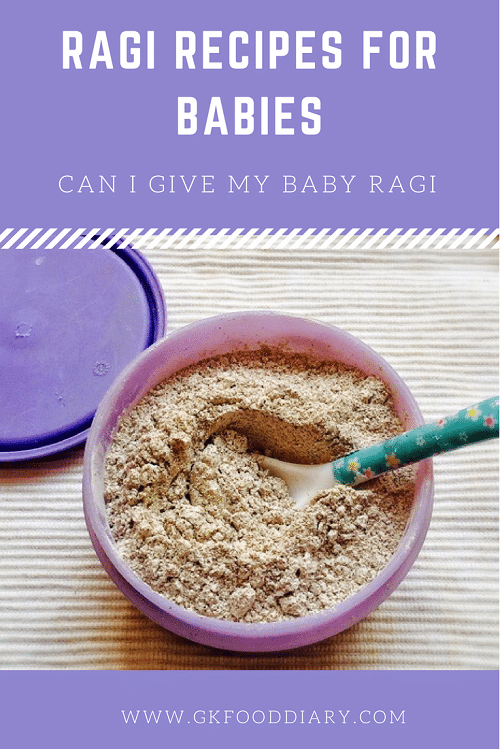
Ragi is a wonder grain and makes nutritious food for babies. It’s known as finger millet in English, ragi in Kannada, nachni in Marathi & Gujarati, mandika in Hindi, panji pullu in Malayalam, ragulu in Telugu, Marwa in Bengali & Nepali and kelvaragu or Keppai in Tamil.
Ragi can be used to prepare porridge's, idli, dosa, pancake, cookies, cakes, milkshakes, and so much more!! Read more on the health benefits of ragi, how and when to introduce ragi to a baby, and further information about ragi for babies with healthy and tasty ragi recipes!
When can I introduce Ragi to my baby?
Ragi can be given to babies from 6 months after introducing a few vegetable purees or fruit purees and rice. When you introduce Ragi to your baby, you can make ragi porridge with extracted milk from whole ragi millet or plain ragi porridge with homemade ragi flour. Make sure to cook the ragi thoroughly for at least 10 minutes; otherwise, it may result in loose motion in babies.
Start with this 1 tablespoon of ragi porridge and check whether the baby shows an allergic reaction. Check it for three days, and if the baby is not allergic to it, you can increase the amount gradually. Once the baby is doing good with it, you can combine with other foods and introduce other ragi recipes listed in the post.
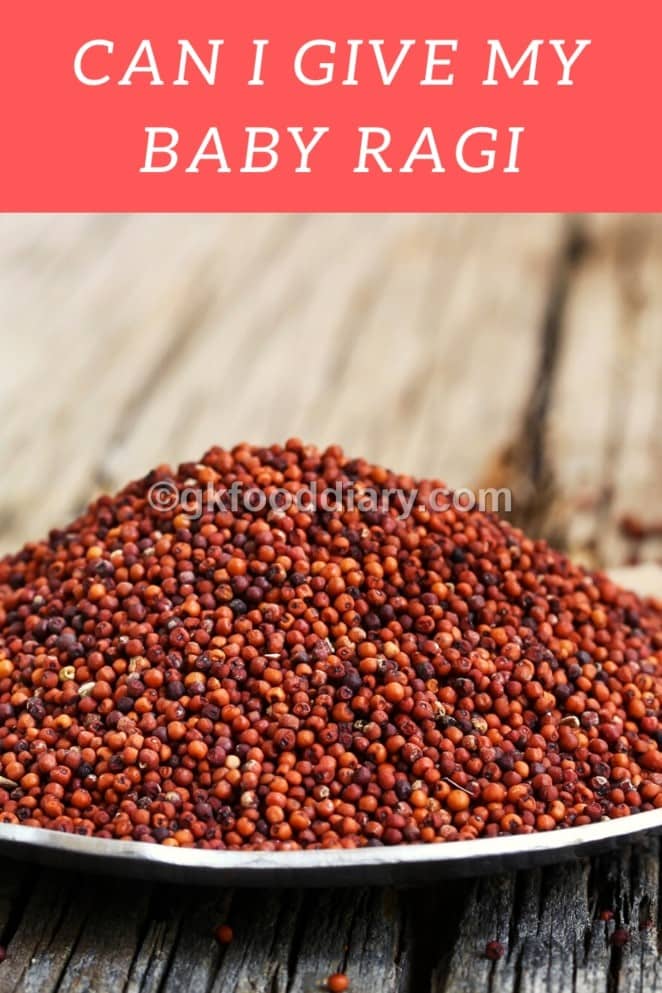
How to select and store Ragi for Baby Food
- Ragi is available in whole millet or flour form. You can buy whole ragi millet and make ragi flour at home. Here is the method to make ragi flour from whole ragi millet. You can also purchase ragi flour from shops/online, but be sure to buy a reliable brand.
- Store the flour in an airtight container after buying. Keep it in a cool and dry place.
Why is sprouted ragi best for the baby?
Though soaking and sprouting the ragi takes a lot of time, it is highly recommended for babies and toddlers. Here is the advantage of the same: Soaking and sprouting help to absorb calcium iron content as the level of Vitamin C &Vitamin D increased during the process. Also, sprouted ragi is easily digestible for babies, and the nutritional values are high. Check out the preparation of sprouted ragi flour for babies.
Nutrients in Ragi
Here is nutrition information of 100 g ragi flour
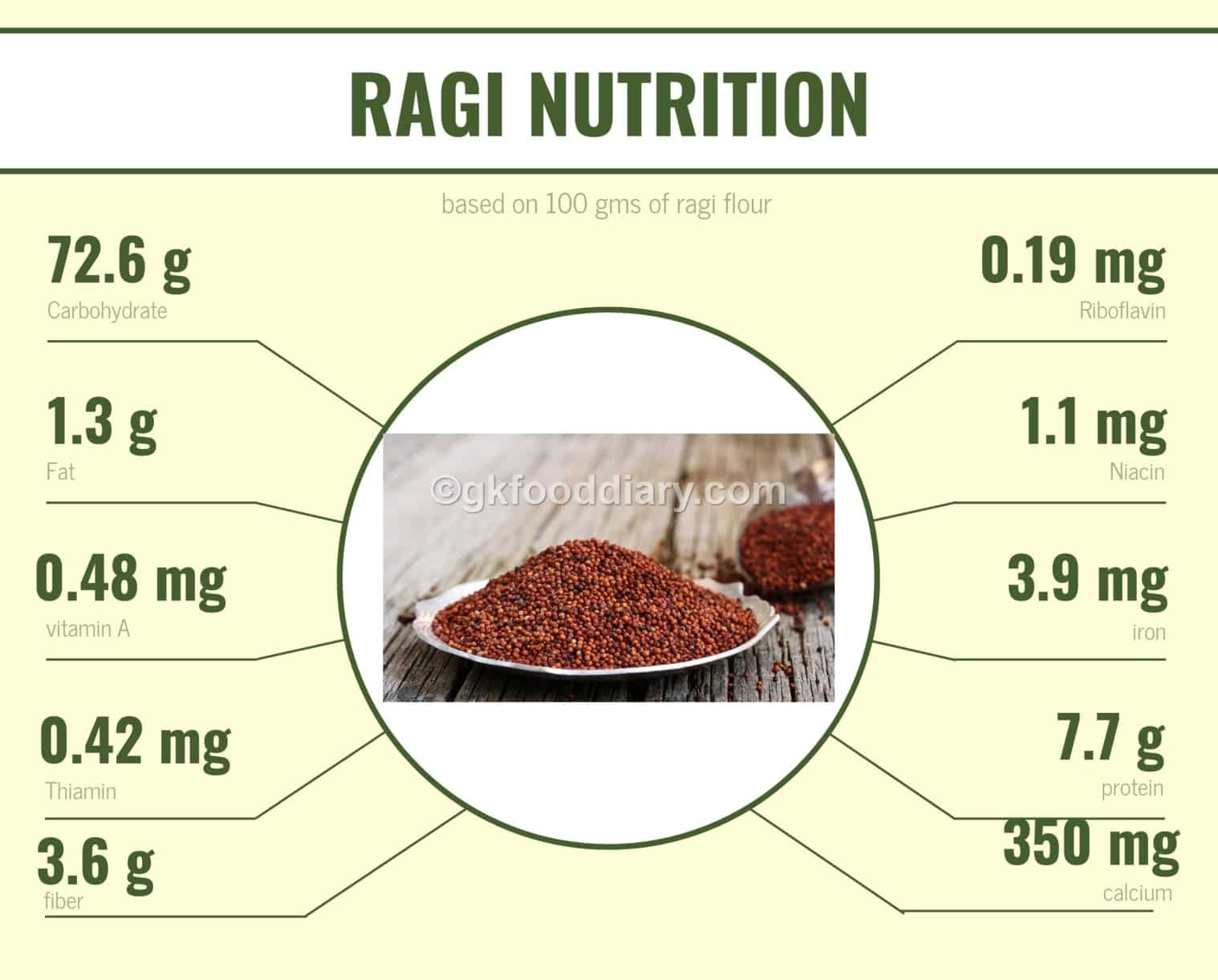
* Source - Wikipedia
Health Benefits of Ragi for Babies
- Ragi is loaded with calcium hence strengthen the bones, teeth of growing babies, and kids. Best non-dairy source of calcium for kids with milk allergies.
- Rich in dietary fiber which helps in preventing constipation in children and ensures easier digestion.
- Contains good fats, so it helps in healthy weight gain in babies and toddlers.
- Ragi is an energy food that keeps the babies and kids active throughout a day.
- It's naturally gluten-free and less allergenic, therefore suitable for babies and kids with a gluten allergy.
- Ragi contains the right amount of iron, which prevents and cures anemia in children.
- Contains the right amount of proteins, amino acids & minerals, which is particularly beneficial for vegetarian kids.
- Rich in antioxidants prevents and helps to fight against infections.
- Ragi is believed to reduce body heat, so its ideal for babies during summer.
Ragi Baby Food Recipes
- Sprouted Ragi Powder (6 M+)
- Sprouted Ragi Porridge (6 M+)
- Ragi Milk Porridge (6 M+)
- Ragi Porridge with ragi flour (6 M+)
- Ragi Apple Halwa (6 M+)
- Ragi Urad Dal Porridge Mix (8 M+)
- Ragi Urad Dal Porridge (8 M+)
- Malted Cereal with Ragi (8 M+ )
- Ragi Badam Malt (1 Y+)
- instant ragi dosa (8 M+)
- Ragi pancakes (8 M+)
- Ragi Kheer (8 M+)
- Ragi Puttu (10 M+)
- Ragi Rava Idli (10 M+)
- Ragi idli dosa (8 M+)
- Ragi kozhukattai (1 Y+)
- Ragi Milkshake (1 Y+)
- Ragi Malt Powder (1 Y+)
- Ragi Malt (1 Y+)
- Ragi Buttermilk (1 Y+)
- Ragi Muffins (1 Y+)
- Ragi Cookies (1 Y+)
- Ragi Cake (1 Y+)
- Fermented Ragi Dosa (8 M+)
- Ragi Moong Powder (6 M+)
- Ragi Moong Porridge(6 M+)
- Ragi Milk Powder (6 M+)
- Ragi Choco Pancake( 1 Y+)
- Ragi Paniyaram (8 M+)
- Ragi sweet dosa (1 Y+)
As you can see, there are a lot of incredible ways to cook with ragi, so don't miss to include ragi in your baby's weekly menu!
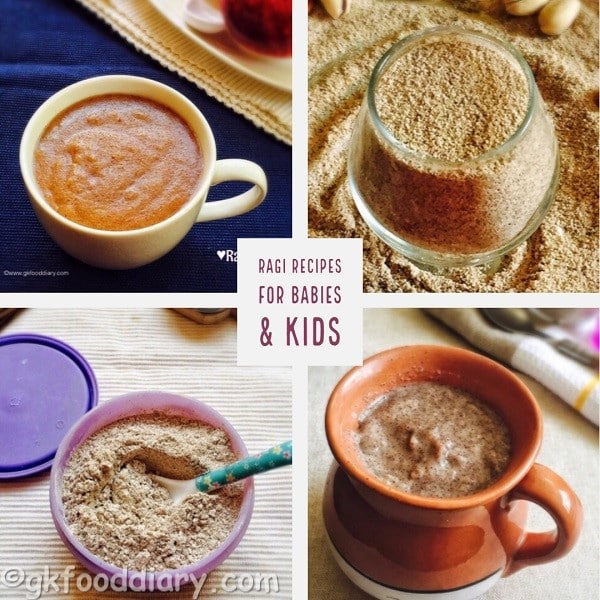


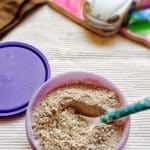

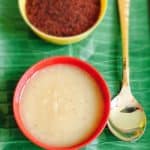
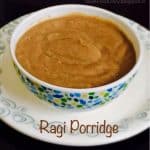
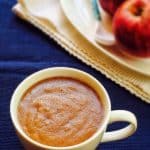
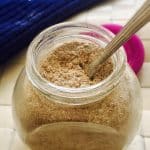
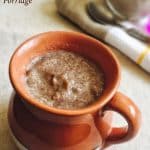
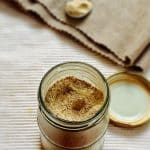

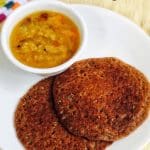
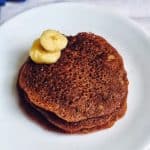
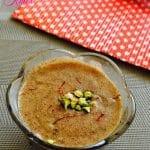
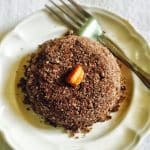

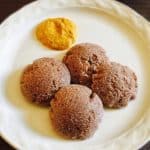
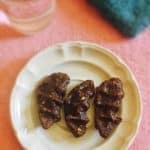
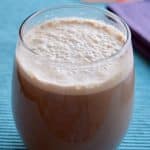
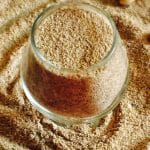


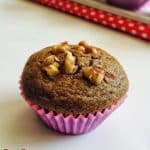
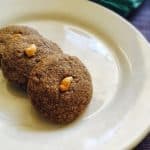

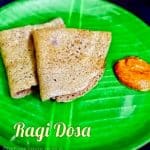
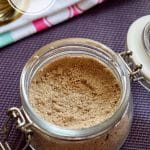
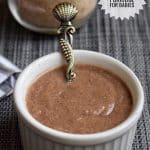




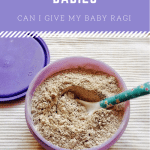
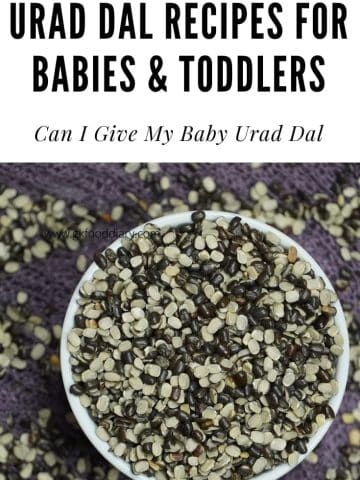
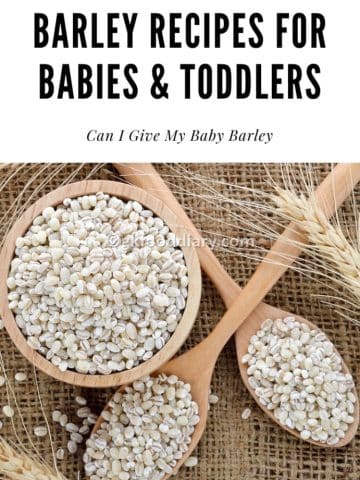


Leave a Reply